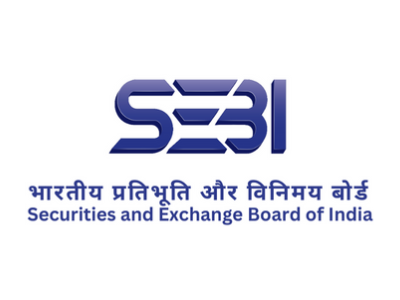Listen to this article
Soon there will be a product ,which will have more flexibility than a regular mutual fund scheme and lower ticket size than PMS.
SEBI has issued a consultation paper in which it proposes the introduction of a ‘New Asset Class’ (NAC), which will fall between mutual funds and PMS.
Sharing the rationale, SEBI said, “Over the years, a notable opportunity of a New Asset Class has emerged between Mutual Funds and PMS in terms of flexibility in portfolio construction. The absence of such an investment product appears to have inadvertently propelled the investors of this segment towards unregistered and unauthorized investment schemes/entities. Therefore, a New Asset Class would provide a regulated and structured investment suited to the investors in this segment.”
Under NAC, fund houses can launch multiple categories of schemes. However, the market regulator gave reference of two types of schemes – Long-short equity fund and inverse ETF/fund.
Long-short equity fund: Similar to Category III AIFs, the long-short equity funds can take two positions – long (buying) and short (selling) simultaneously. For instance, if a fund manager is bullish on IT sector and bearish on banking sector, he can invest in IT sector by shorting stocks from IT sector.
Simply put, long-short funds take a long position in undervalued stocks while selling short overpriced shares. These funds are similar to hedge fund lite, which are prevalent in US markets for retail investors.
Inverse ETF/fund: These funds seek to generate returns from negatively correlated assets. These funds are prevalent in Australia where they are known as bear funds. These funds use derivatives such as future and swaps to benefit from market declines.
Here are other key features of the NAC:
- Minimum investment limit is Rs.10 lakh. Switch transactions like SIPs will be permitted
- Fund houses having track record of at least 3 years and having average AUM of Rs.10,000 crore in the preceding 3 years can launch this scheme
- Alternatively, fund houses having a CIO with 10 years of experience in managing Rs.5000 crore and an additional fund manager for the NAC with minimum experience of 7 years with AUM of Rs.3000 crore can also launch NAC
- However, SEBI will give approval only if there is no action initiated or taken against the sponsor/AMC during the last 3 years
- Fund houses will have to get approval of trustees to launch NACs
- While there is no need to segregate both activities - MF and NAC, a clear distinction have to be maintained between branding and advertisement of both the products
- NAC can take exposure to derivatives other than hedging and portfolio rebalancing. SEBI believes that this will provide more flexibility and can potentially generate higher returns for investors
- However, the cumulative gross exposure through all investible instruments should not exceed 100% of the NAV. Also, the total gross exposure to derivatives should not exceed 50% of the NAV
- NAC cannot borrow to invest. However, they can borrow to meet temporary redemption pressure
- Fund houses can tailor redemption frequency based on nature of investment
- NAC will be more flexible than mutual funds – single issuer limit is 20% of NAV as against 10% of NAV in MF, can invest 12% of NAV in A and below rated debt securities (such a limit is 6% in MFs) and 20% of NAV can be invested in REITs (10% of NAV in MFs)
- MFs will have to disclose risk through Risk-o-meter. However, it will be slightly different from MF Risk-o-meter, as it is in the form of risk band
You can submit your views to SEBI by visiting this link by August 6, 2024.
Radhika Gupta, MD & CEO, Edelweiss MF sees the NAC as promising for investors with high risk appetite. She said, “India is finally opening up to different investment products, styles and approaches. Passive, factor, inverse ETFs, alts and more. There is no single way to invest. From a customer point of view, there is nothing like the convenience of the good old MF platform - regulated, transparent, with great features like SIPs and now getting increasingly open for innovation.”









